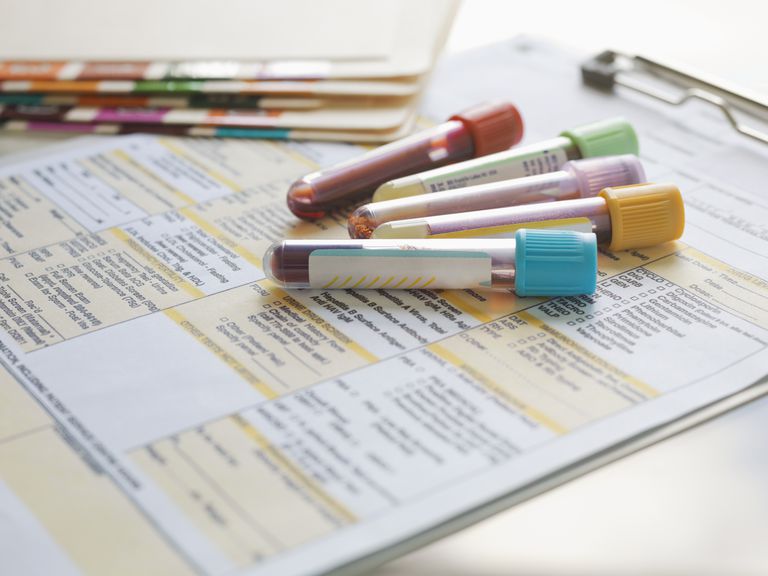Cesarean or C-section delivery is an alternative method of giving birth. While some women go for the natural way i.e., vaginal birth, others go through with C-section. Not all C-section deliveries are planned beforehand. Often this mode of giving birth is chosen by doctors in case of emergencies. C-section delivery has a few pros as well as cons, both for the mother and the baby.
One of the pros of C-section is the prior choice that women have about the time they want to give birth. Another advantage of c-section is that it reduces risks of complications in the delivery of the baby. More than advantages there are disadvantages in a C-section. It may cause lung problems and other physical injuries to the baby. Excessive bleeding and infections are some risks for the mother.
Advantages of C-section delivery are:
C-section delivery provides you a choice of time and place of giving birth to your baby. If you are aware that you will have a C-section, you can schedule appointment with the doctor. You can choose the best time and best hospital for delivery. Giving birth is a very important event in every woman’s life. In C-section delivery, things can be properly planned from beforehand.
Most of the time doctors decide to opt for cesarean delivery to save the baby’s life. There may be emergency situations during delivering a baby. When the baby tries to push through bottom first, or the umbilical cord gets tangled and such severe cases, it is necessary to bring the child out through surgery. Normal vaginal delivery can be very risky for the baby in critical situations.
A planned C-section can also reduce the risk of pain in your vagina, abdomen and shock caused by excessive loss of blood.
Disadvantages of C-section
Risks for the mother include:
- Heavy bleeding is a common complication of cesarean delivery. Most of the women who have C-section experience excessive blood loss during surgery. This can cause problems during the recovery period also.
- Infections are also common risks of having a surgical delivery. The infections mostly occur during the recovery period. Any kind of surgery can make you vulnerable to infections. There are three types of infection that can occur from C-section. Infections from the wound are very likely from a surgery. Infections can occur in the lining of the womb and urinary tract as well.
- A C-section delivery can result in blood clots in the legs or lungs. Blood clots in the lungs can be very dangerous. They can be even life threatening. Breathing trouble and severe cough are symptoms of this. Blood clots can lodge in legs also, mainly calves. Swelling and pain in the calves are symptoms.
- Adhesion of tissues inside the stomach is another risk. A band of scar tissues make the organs inside the stomach merge together. This is a serious complication. This condition does not usually have any symptoms and therefore difficult to diagnose. The chances of adhesion increases with more number of cesareans. It can be very painful and can even cause infertility and bowel problems.
- Cesarean delivery involves application of anesthesia to numb the pain. Any kind of anesthesia involves risk. It can cause severe headache, vomiting and nausea. This is more likely to occur if you are administered more than one type of regional anesthetics. Anesthesia can also result in nerve damage. This is a temporary condition and can last for a week or so. It is rare side effect of C-section delivery.
- Multiple cesarean deliveries can cause injury to your bladder and other organs. Another rare consequence in C-section is injury to the tube connecting both your kidneys. These are severe consequences of cesarean delivery.
- A C-section delivery can also cause constipation problems post the operation. The bowel movement can be disrupted because of surgery.
- Cesarean delivery can increase the chance of removing the womb due to excessive bleeding.
- If you have multiple C-sections, there is a higher chance of tearing the incision from previous surgery. This can cause complications during delivery.
- Heart attack and maternal death are very rare risks in C-section deliveries. This can occur in 1 in a 1000 cases but it is a severe risk nevertheless.
Risks for the baby include:
- In a C-section delivery, the newborn is most likely to be admitted to intensive care unit for observation. Most of the time, unplanned cesarean deliveries are done to save the baby’s life from unexpected complications. Therefore the chance of admitting in neonatal intensive care is very high in such cases.
- C-section delivery can increase the chance of your baby developing asthma later in life. It is one of the potential risks of giving birth by cesarean way. This is more likely if it is unplanned C-section and done before 39 weeks.
- Surgical delivery can cause injury to the infant in some cases. There is always a small risk of such a mishap during surgically delivering a baby.
- Some evidence suggests that a cesarean delivery can increase the likelihood of your baby becoming overweight. Though further proof is required in support of this claim.
Conclusion
C-section delivery is becoming increasingly popular nowadays. The rate of C-sections has grown by almost 50 percent in the last decade in U.S. more and more pregnant women are opting for planned C-sections. There are benefits but risks as well in going for cesarean delivery. It is not a completely safe method of giving birth. It is risky for the mother as well as the baby. Recovering from a C-section usually takes more time than vaginal delivery. It is also painful and involves risks blood loss and infections, to name a few. Multiple C-sections are especially risky.
Sometimes C-section is necessary to save a newborn. Despite its practical benefits, C-sections have risks that can turn serious. Compared to C-section, vaginal birth is always safer according to medical professionals. If you plan to have a C-section, check with your doctor first whether it is safe for you and the baby.
Reference
https://www.webmd.com/baby/tc/cesarean-section-risks-and-complications













